The Golden Gate Bridge is an engineering marvel, renowned not only for its beauty but also for the incredible effort behind its creation. From innovative design to overcoming immense challenges, the bridge stands as a testament to human ingenuity. Here are some amazing facts that reveal the true story behind this iconic structure.
Construction Faced Strong Opposition
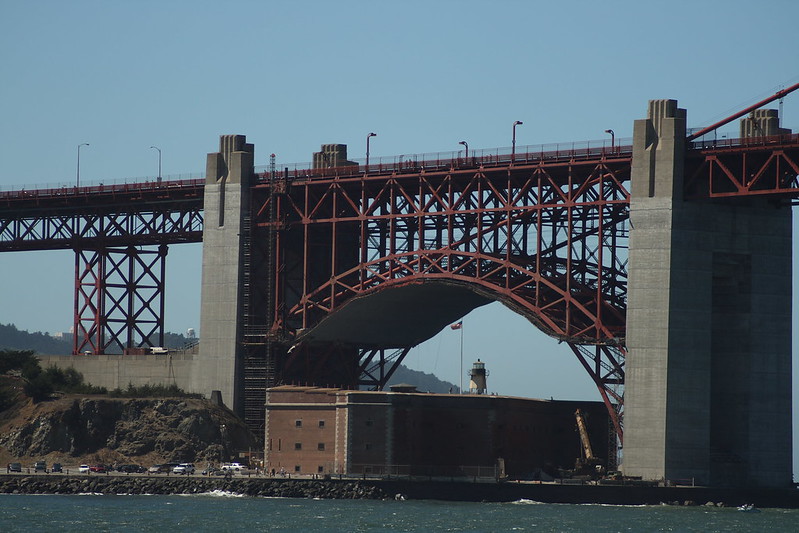
When the idea of building the Golden Gate Bridge was first proposed, it faced significant opposition. Local ferry operators, who dominated transportation between San Francisco and Marin County, feared that the bridge would ruin their business. Additionally, many engineers and city officials doubted the feasibility of such a large structure in a region known for its strong currents and high winds. Despite these challenges, the project moved forward, thanks to the persistence of supporters like chief engineer Joseph Strauss.
The Design Was Revolutionary
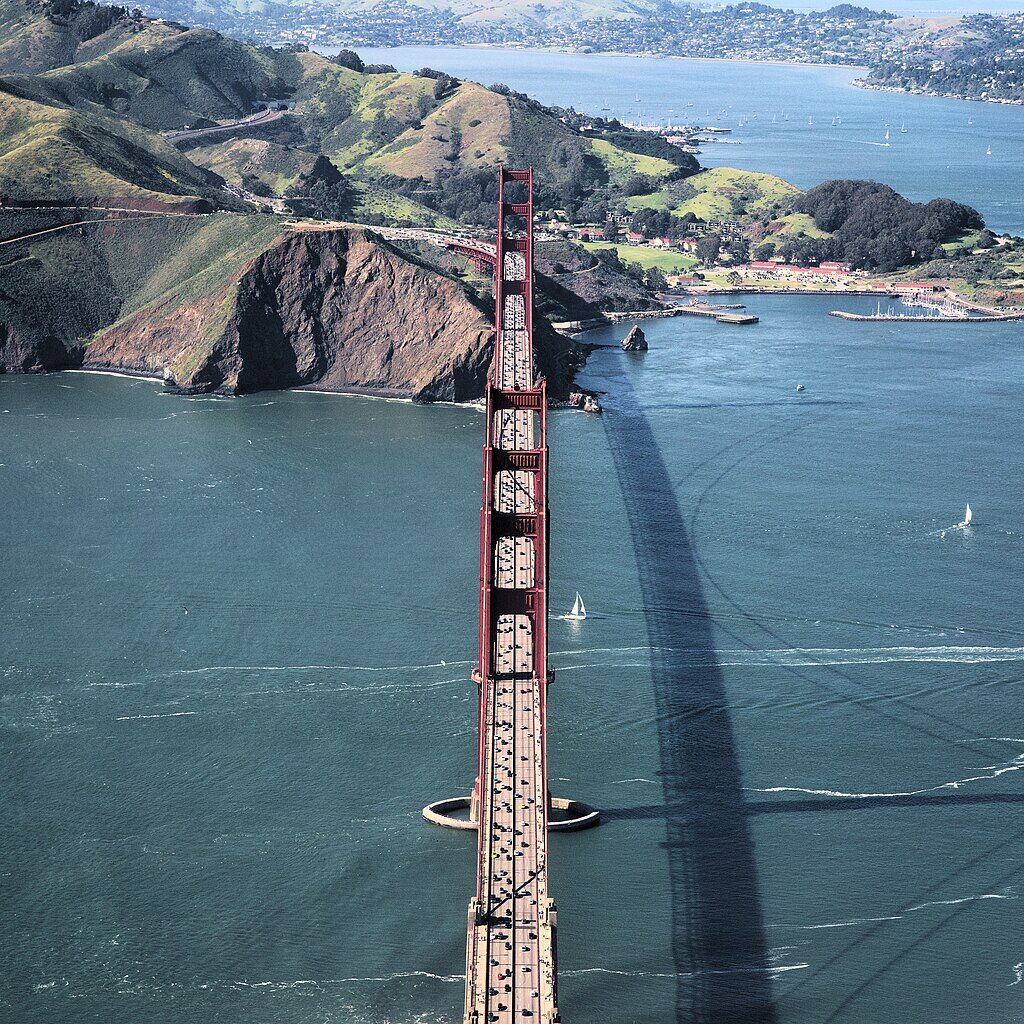
The original design for the Golden Gate Bridge by Joseph Strauss was a hybrid cantilever-suspension structure. However, it was considered too bulky and unattractive. The final design, a full suspension bridge, was a collaboration between several engineers and architects, including Leon Moisseiff and Irving Morrow. Moisseiff’s design allowed the bridge to be lighter, more flexible, and aesthetically pleasing, while Morrow added Art Deco elements that contribute to its iconic look.
Safety Nets Saved Lives
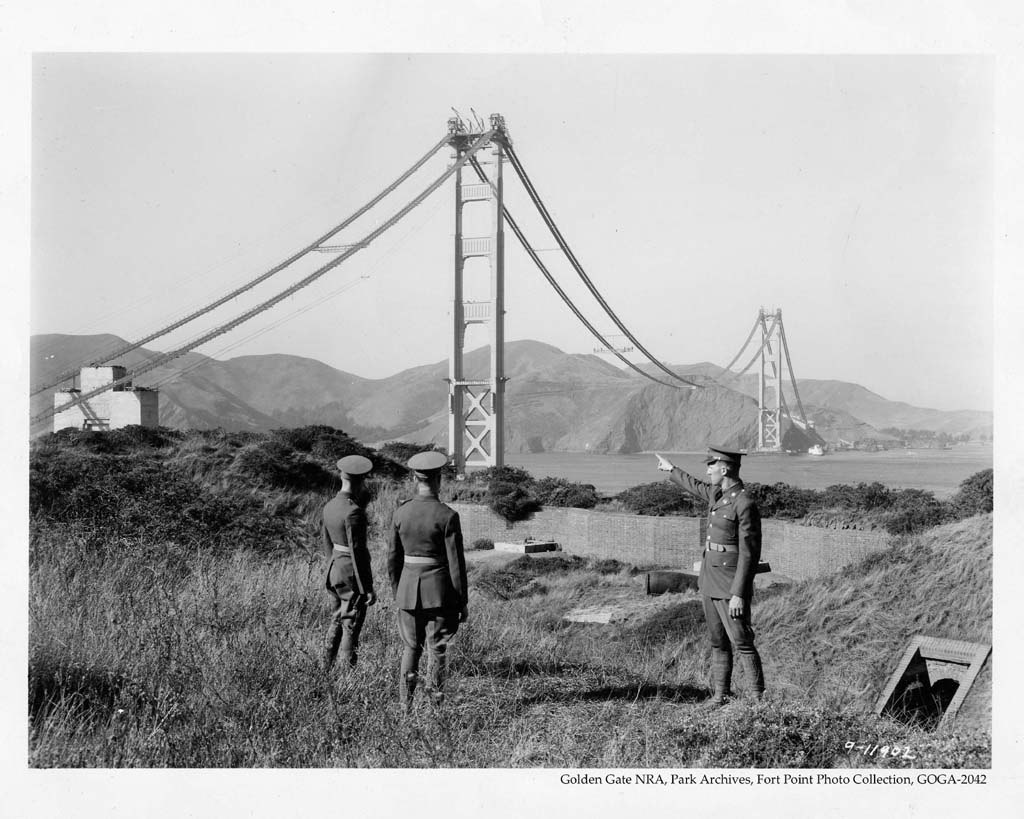
During the construction of the bridge, safety was a major concern. To protect workers, a safety net was installed under the bridge, stretching from end to end. This net saved the lives of 19 men who became known as the “Halfway-to-Hell Club.” While the project saw the loss of 11 workers, the safety net was a groundbreaking measure at the time and significantly reduced fatalities compared to similar projects of that era.
The Color Wasn’t the Original Choice
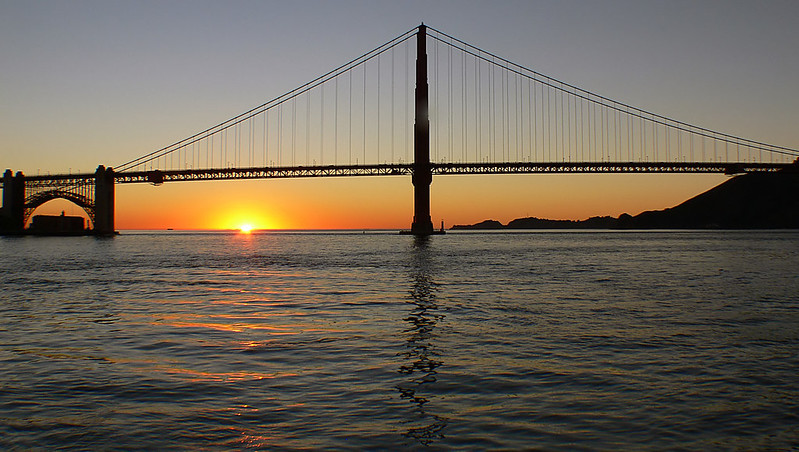
The Golden Gate Bridge’s distinct International Orange color wasn’t the original plan. Initially, the U.S. Navy wanted the bridge to be painted in black and yellow stripes to ensure visibility in foggy conditions. However, the bridge’s consulting architect, Irving Morrow, proposed the orange color after noticing the red lead primer used on the steel. The International Orange not only provided visibility but also complemented the natural surroundings, making the bridge stand out against the blue water and sky.
Built During the Great Depression

Construction of the Golden Gate Bridge began in 1933, right in the middle of the Great Depression. The project provided thousands of jobs during a time of widespread unemployment. The bridge was funded through a combination of federal loans and bonds issued by the counties of San Francisco and Marin. Despite the economic challenges of the era, the project came in under budget and ahead of schedule, a testament to the efficient management and skilled labor involved.
The Towers Were Constructed First
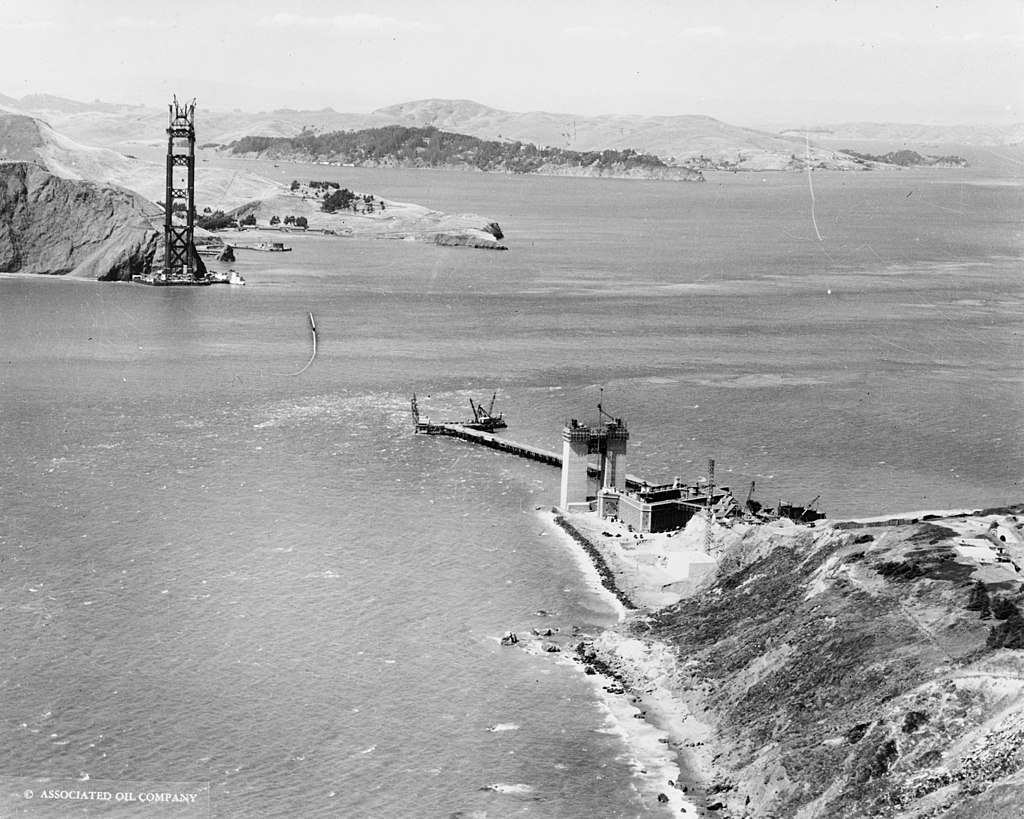
The construction of the Golden Gate Bridge began with its massive towers. The 746-foot towers were the tallest structures of their kind when completed. Workers had to assemble the towers in sections, working high above the water with only rudimentary safety equipment. These towers support the main cables and are crucial to the bridge’s suspension system. Their completion marked a significant milestone in the overall construction process.
The Bridge Was Built to Withstand Earthquakes
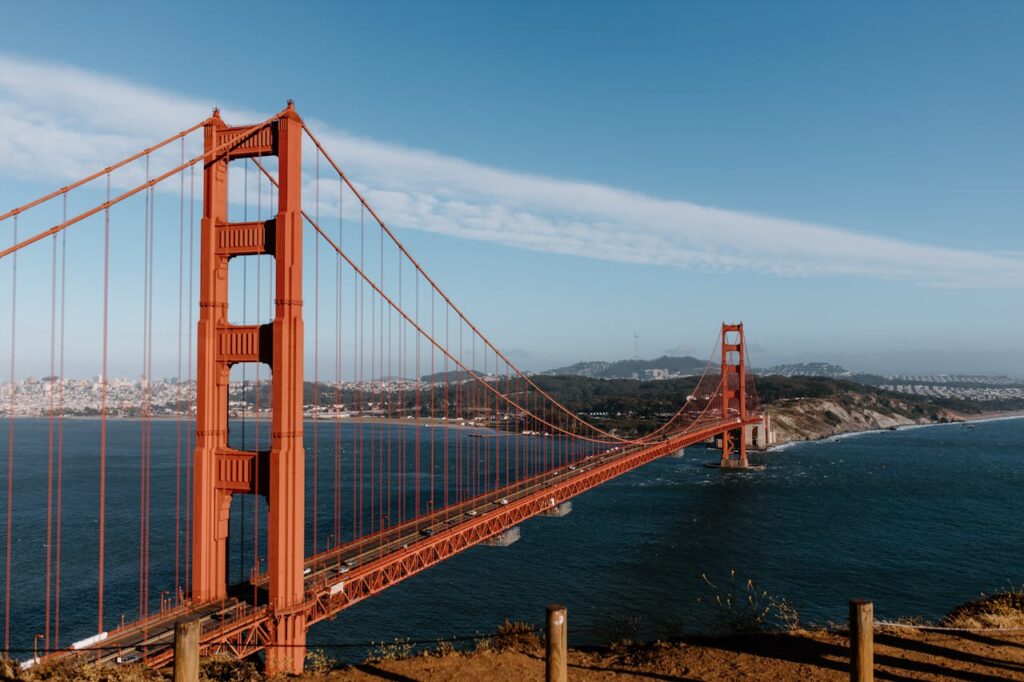
San Francisco is located in a highly seismic region, so the Golden Gate Bridge was designed to withstand earthquakes. The engineers included flexibility in the design, allowing the bridge to sway with seismic forces rather than resist them rigidly. The bridge’s flexible suspension design is one reason it has survived several significant earthquakes, including the 1989 Loma Prieta earthquake, without sustaining major damage.
Wind Tunnel Testing Was Pioneered Here
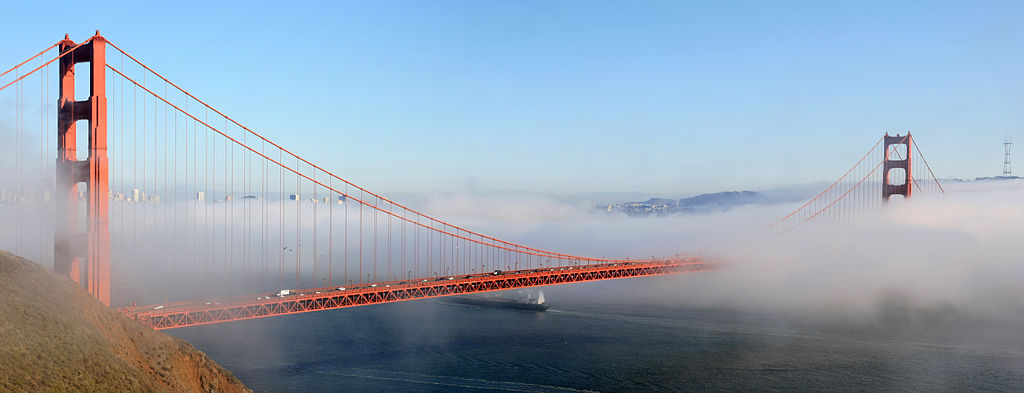
To ensure the bridge could withstand the area’s notorious winds, engineers conducted extensive wind tunnel testing. This was one of the first major projects to use wind tunnel testing to determine how the structure would behave under various wind conditions. The testing helped refine the design, ensuring that the bridge could handle winds of up to 100 miles per hour, a critical factor in its long-term durability.
The Cables Were a Marvel of Engineering

The main cables of the Golden Gate Bridge are an engineering marvel. Each cable is made up of 27,572 individual wires, totaling over 80,000 miles of wire in the bridge. These cables were constructed on-site using a process called “spinning,” where individual wires were looped back and forth across the strait to create the thick cables. The precision and expertise required for this process were extraordinary, making the cables one of the most impressive features of the bridge.
The Roadway Is Suspended 220 Feet Above the Water
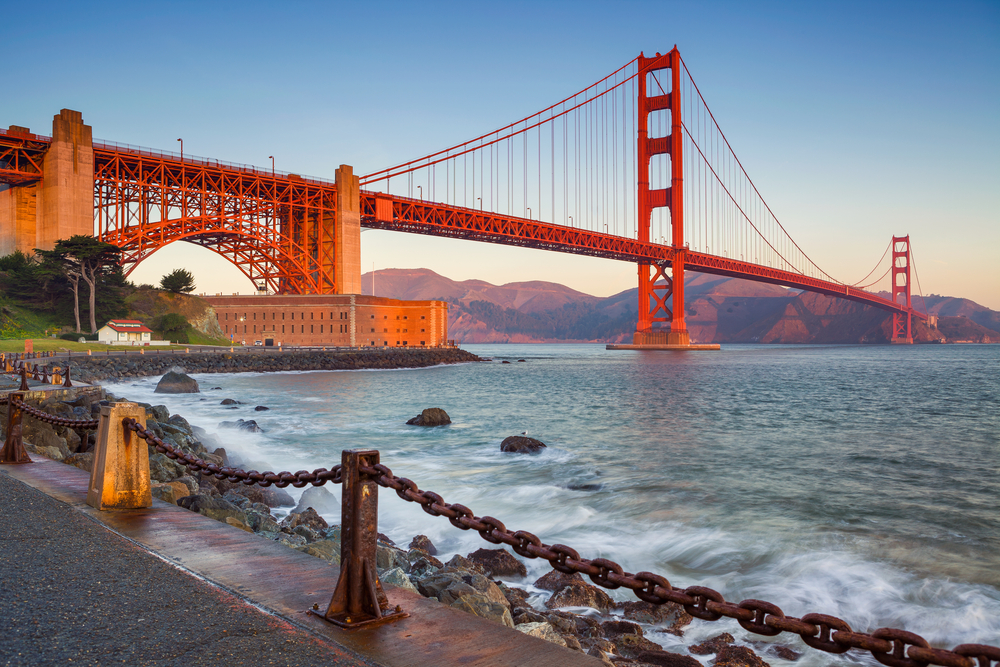
The bridge’s roadway sits 220 feet above the water, providing enough clearance for the largest ships to pass underneath. This height was necessary because the Golden Gate Strait is one of the busiest shipping lanes in the world. The height also adds to the dramatic visual impact of the bridge, making it a breathtaking sight for both drivers and spectators.
A Unique Engineering Challenge: The South Tower
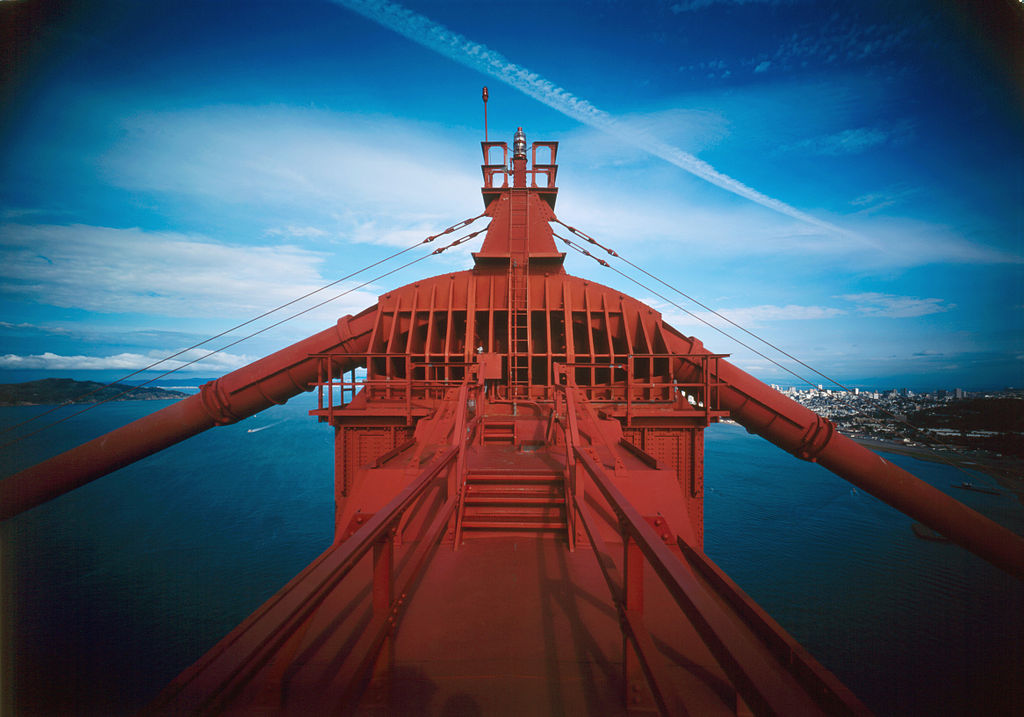
The South Tower of the Golden Gate Bridge posed a unique engineering challenge. It had to be built in the open water, requiring the construction of a massive concrete foundation on the seabed. This foundation was built using a technique called a cofferdam, which allowed workers to create a dry working environment in the middle of the bay. The successful completion of the South Tower was a major engineering feat and a critical component of the bridge’s overall stability.
The Bridge Was Opened with a Pedestrian Day

Before the Golden Gate Bridge was opened to vehicle traffic, it was opened to pedestrians for one day on May 27, 1937. Nearly 200,000 people walked across the bridge that day, taking in the views and marveling at the engineering achievement. This event, known as “Pedestrian Day,” was a celebration of the completion of the bridge and remains a memorable moment in its history.
The Bridge Stands as a Monument to Its Builders
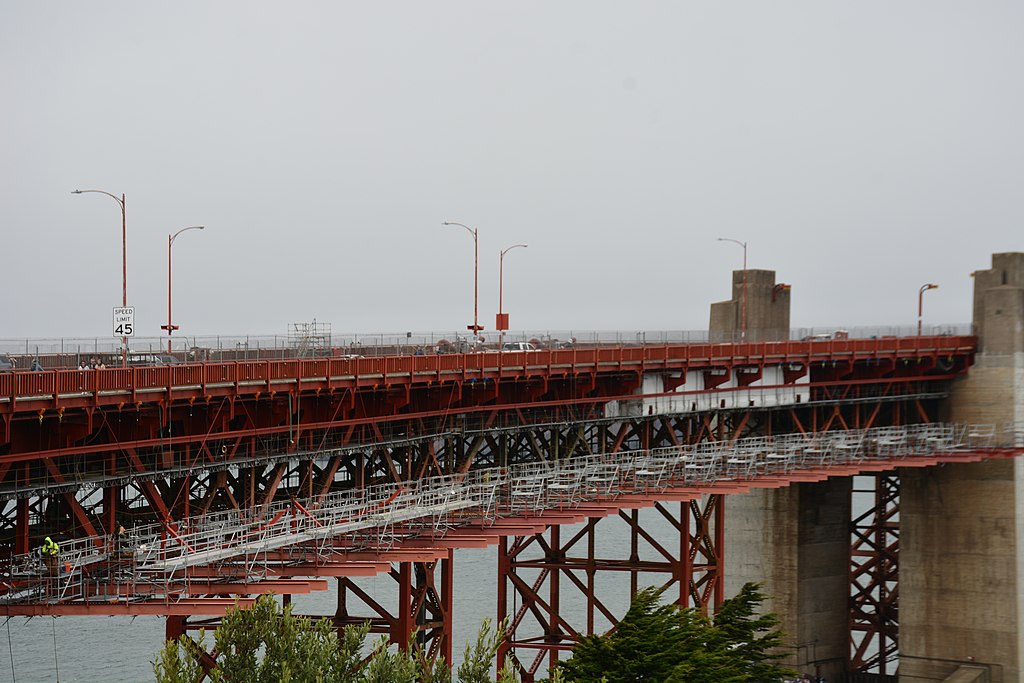
The Golden Gate Bridge is not just a functional piece of infrastructure; it’s also a monument to the thousands of workers who built it. Plaques along the bridge and at both ends honor the men who contributed to the project, including the 11 workers who lost their lives during construction. The bridge serves as a lasting tribute to the human spirit of perseverance and innovation.
Maintenance Is a Continuous Process
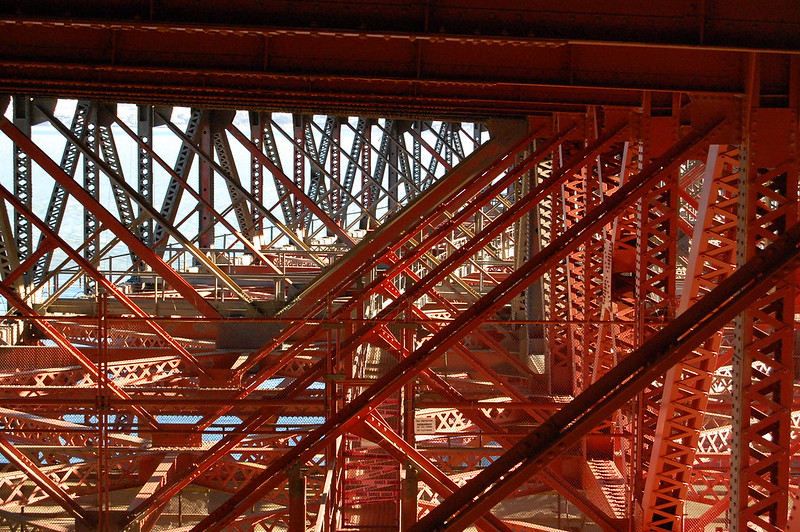
Maintaining the Golden Gate Bridge is a never-ending task. The bridge is constantly exposed to harsh weather conditions, including salt air that can cause corrosion. A team of maintenance workers, often referred to as “the painters,” is dedicated to keeping the bridge in top condition. They continuously repaint sections of the bridge to protect it from rust, ensuring that the structure remains safe and beautiful for future generations.
It’s One of the Most Photographed Bridges in the World

The Golden Gate Bridge is one of the most photographed structures in the world, thanks to its striking design and picturesque setting. Its distinctive color, combined with the backdrop of San Francisco Bay, makes it a favorite subject for photographers from all over the globe. The bridge has also appeared in countless films, television shows, and advertisements, further cementing its status as an iconic symbol of the United States.
The Bridge Connects More Than Just Land
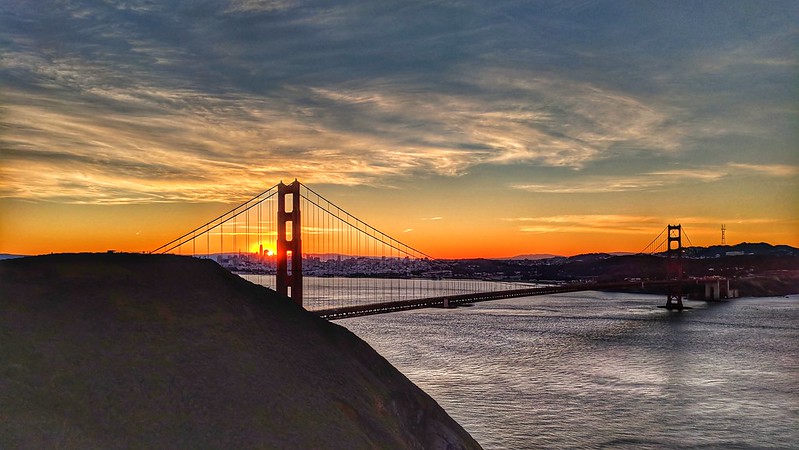
While the Golden Gate Bridge physically connects San Francisco to Marin County, it also represents a connection between innovation and tradition. The bridge is a symbol of human achievement, showcasing the ability to overcome natural obstacles through engineering and determination. It stands as a testament to the visionaries who dared to dream big and the workers who brought that dream to life.
This article originally appeared on UnifyCosmos.
More from UnifyCosmos
17 Romance Novels That Will Tug at Your Heartstrings

Love stories have a unique way of touching our hearts, and some romance novels leave an indelible mark, staying with us long after we’ve turned the last page. Read more!
20 Simple Methods to Naturally Enhance Your Energy

Let’s explore some easy and natural methods to keep you feeling refreshed and ready to tackle whatever comes your way. Read more!
20 Key Skills for Personal and Professional Success

This article explores the fundamental abilities you need to thrive, offering practical tips and insights to help you on your journey to continuous improvement. Read more!
Leave a Reply